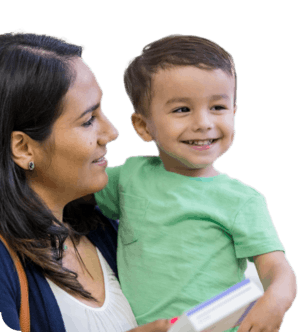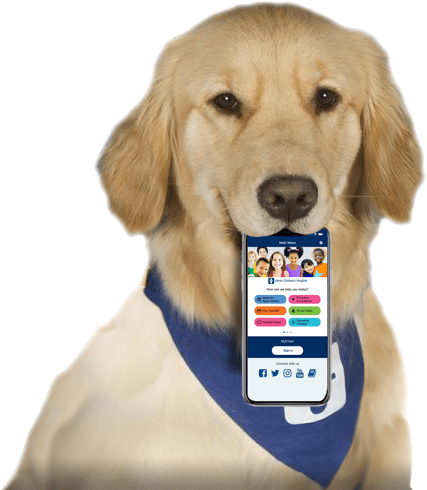Caffeine
What Is Caffeine?
Caffeine is a natural stimulant found in coffee, tea, chocolate, and other food and drinks.
How Does Caffeine Affect People?
Caffeine is classified as a drug because it stimulates the central nervous system. It can make people feel more alert and energetic, and has similar effects in kids and adults.
Foods and drinks with caffeine are everywhere, but it's wise to keep caffeine consumption to a minimum, especially in younger kids.
In both kids and adults, too much caffeine can cause:
- jitters and nervousness
- upset stomach
- headaches
- problems with concentration
- trouble sleeping
- faster heart rate
- higher blood pressure
Especially in young kids, it doesn't take a lot of caffeine to produce these effects.
What Other Problems Can Happen?
Here are some other reasons to limit kids' caffeine consumption:
- Caffeinated drinks, like cola, coffee beverages, and energy drinks, often contain empty calories. Kids and teens who fill up on them get lots of calories without the vitamins and minerals they need. For example, they don’t contain the calcium kids need from milk to build strong bones and teeth. And too many sweetened drinks can lead to extra weight gain.
- Abruptly stopping caffeine may cause withdrawal symptoms (like headaches, low energy, and irritability), especially for those who consume a lot of it.
- Caffeine can make heart problems or anxiety worse, and some kids might not know that they're at risk.
- Heavy caffeine use is associated with other unhealthy behaviors, like tobacco and alcohol abuse.
What Is Caffeine Sensitivity?
Caffeine sensitivity refers to the amount of caffeine that will cause an effect in someone. Caffeine sensitivity is mostly related to daily caffeine intake, but the smaller the person, the less caffeine is needed to produce side effects. Kids are more sensitive to caffeine than adults.
People who regularly drink beverages containing caffeine soon become less sensitive to it. This means they need more caffeine to achieve the same effects as someone who drinks less caffeine. So, the more caffeine you get, the more caffeine you’ll need to feel the same effects. The effects of caffeine last up to 6 hours.
What Foods and Drinks Have Caffeine?
Caffeine is naturally produced in the leaves and seeds of many plants. It's also made artificially and added to some foods. Kids get most of their caffeine from sodas, but it's also found in energy drinks, coffee, tea, chocolate, coffee ice cream, and some pain relievers and other over-the-counter medicines.
Here's how some sources of caffeine compare:
| Item | Size | Amount of Caffeine |
|---|---|---|
| Jolt soft drink | 12 oz. | 71.2 mg |
| Mountain Dew | 12 oz. | 55 mg |
| Coca-Cola | 12 oz. | 34 mg |
| Diet Coke | 12 oz. | 45 mg |
| Pepsi | 12 oz. | 38 mg |
| brewed coffee (drip method) | 5 oz. | 115 mg* |
| iced tea | 12 oz. | 70 mg* |
| dark chocolate | 1 oz. | 20 mg* |
| milk chocolate | 1 oz. | 6 mg* |
| cocoa beverage | 5 oz. | 4 mg* |
| chocolate milk beverage | 8 oz. | 5 mg* |
| cold relief medicine | 1 tablet | 30 mg* |
| *average amount of caffeine | ||
Sources: U.S. Food and Drug Administration and the National Soft Drink Association
How Can We Cut Back On Caffeine?
Can you keep kids caffeine-free? Absolutely! The best way to cut caffeine (and added sugar) is to eliminate soda, iced tea, energy drinks, and coffee drinks. Instead, offer water, milk, or flavored seltzer. You can still allow the occasional soda or tea — just make it decaffeinated. Watch for hidden caffeine by checking the ingredient list on foods and beverages.
If your child consumes a lot of caffeine, cut back slowly. Otherwise, they can get headaches, have trouble concentrating, and feel tired, irritable, or depressed.
Reviewed by: Mary L. Gavin, MD
Date Reviewed: May 2, 2022
















